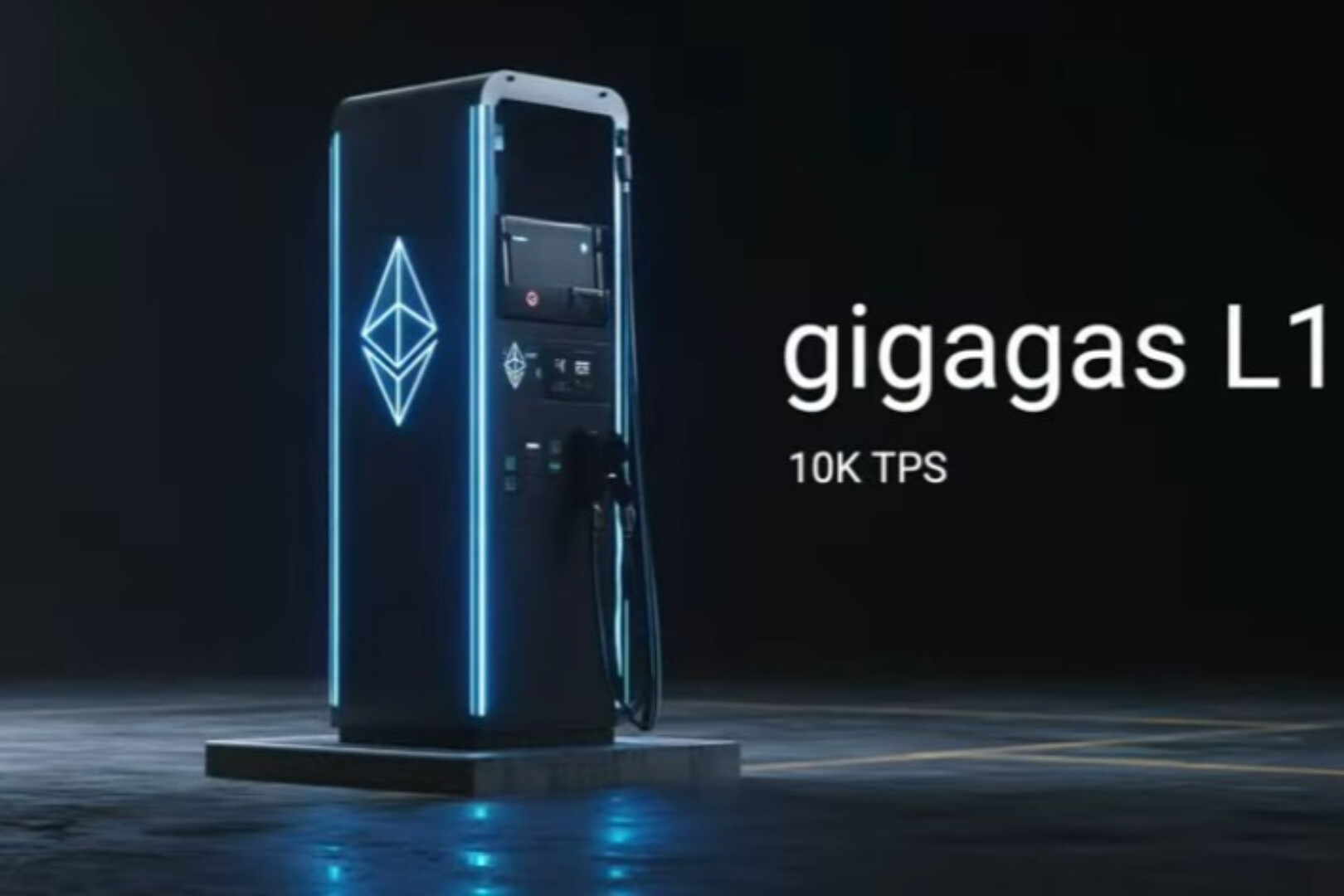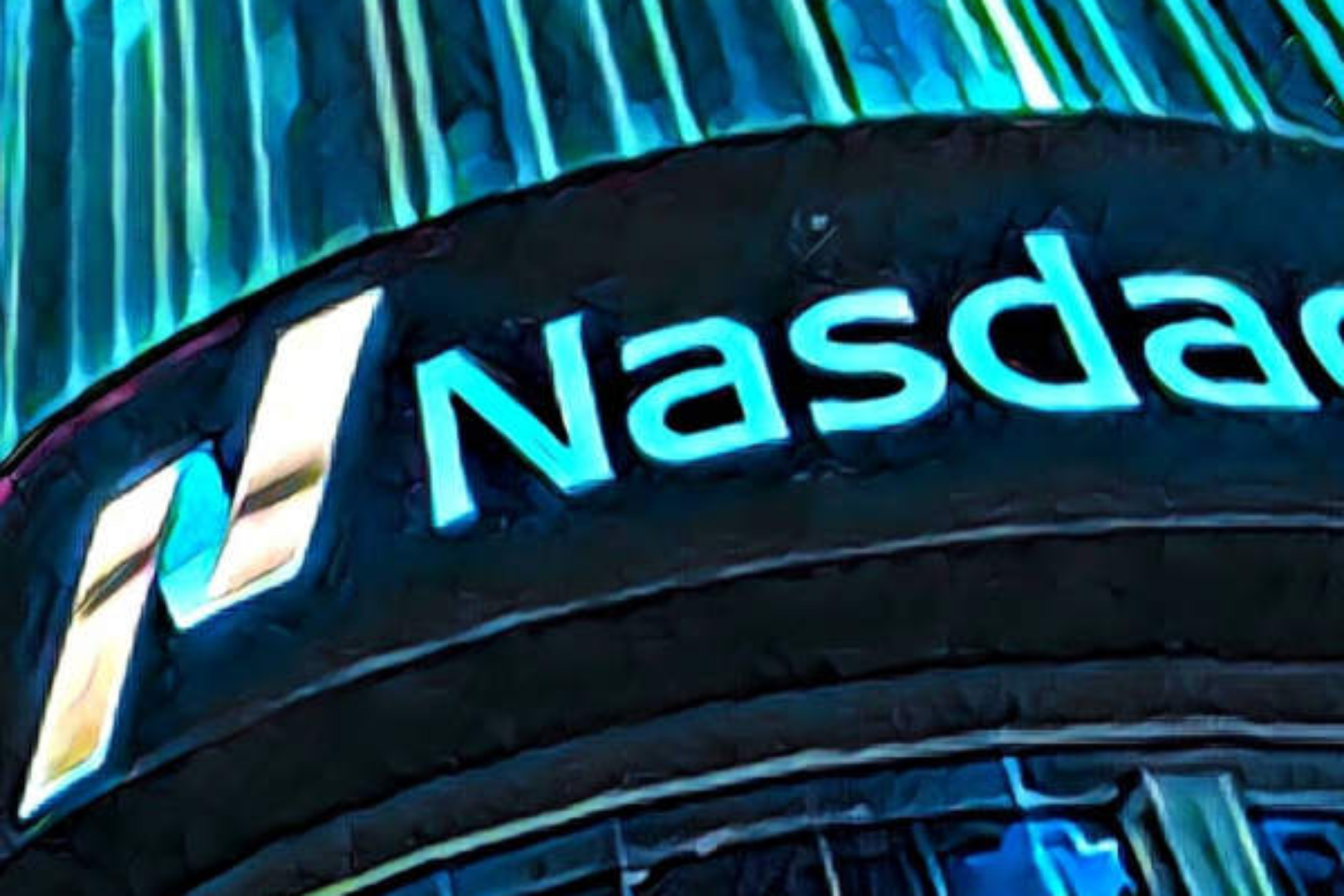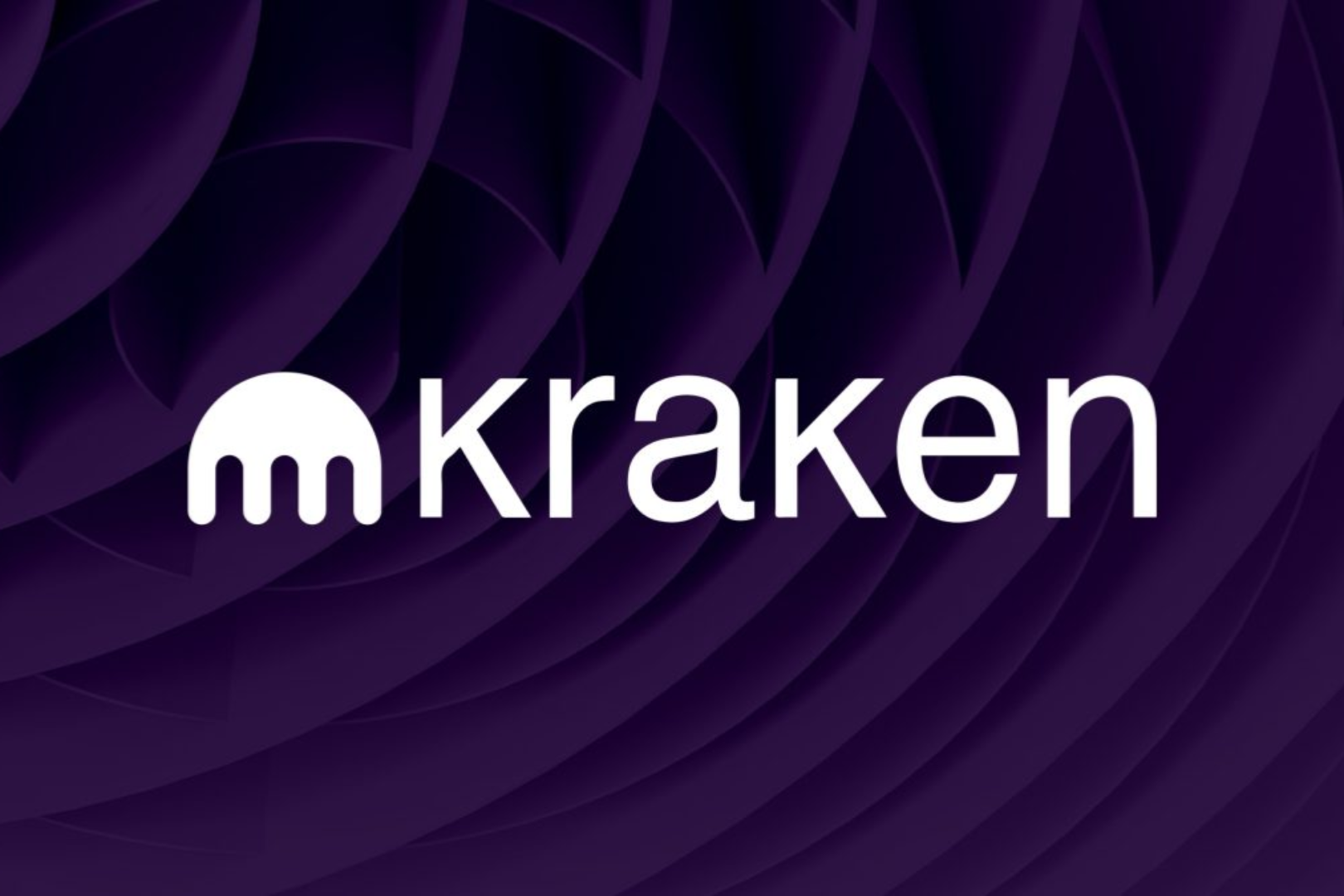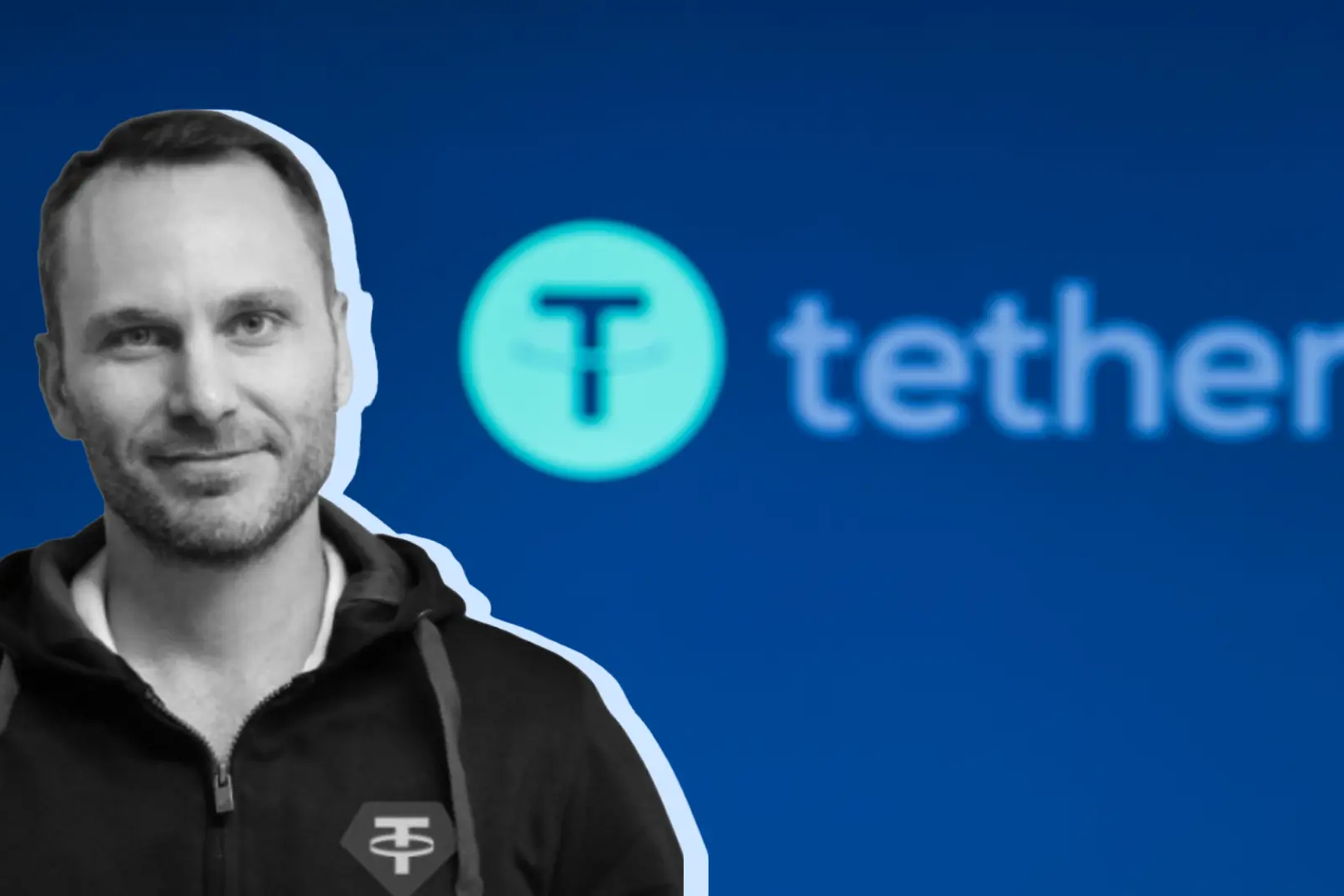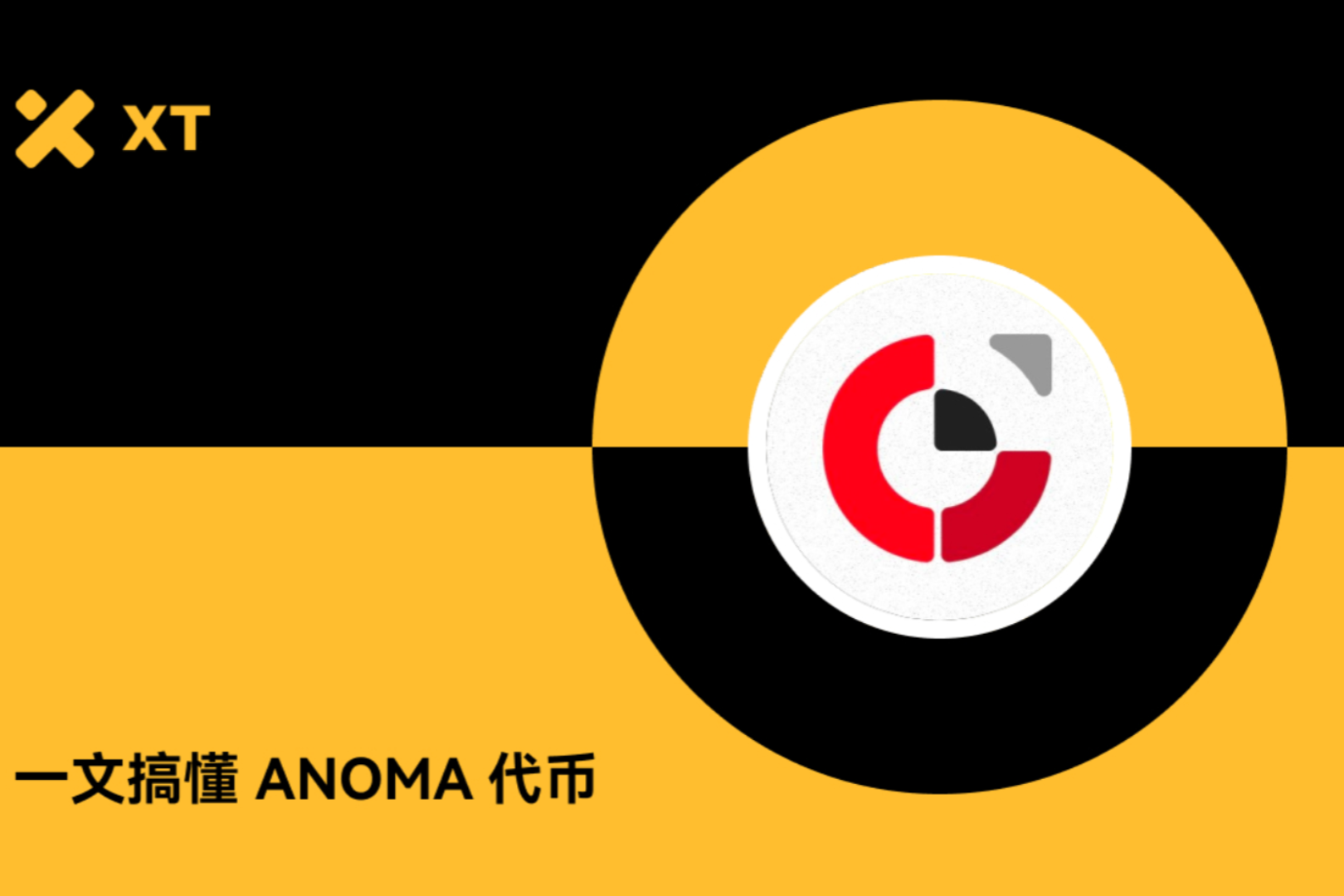
Editor's Note: This article comes fromDeribit Deri's trading class (ID: deri_trader)Editor's Note: This article comes from
Deribit Deri's trading class (ID: deri_trader)
, by Andrew K, published with permission.
Opyn
Decentralized finance (DeFi) adoption has seen significant progress in recent years, with volumes on decentralized exchanges, margin trading, and money market platforms surging. Options agreements are one of the latest additions to DeFi. Platforms under construction include Opyn, Hegic, OhMyDeFi, and Primitive Finance.
These decentralized options platforms are quite different from traditional centralized options platforms in terms of operation mode, and the author will give an overview of their operating principles in this article. As of today, only Opyn and Hegic are live on mainnet with meaningful liquidity, so this article will focus on analyzing these two platforms.
secondary title
Opyn positions itself as a protection platform, but it is essentially an options platform built on a common options protocol - "Convexity Protocol". The convexity protocol has a large degree of extensibility - allowing developers to create options with various parameters, such as: (1) European and American options, (2) underlying assets, (3) call or put options, (4) Collateral type etc. This article will focus on existing products in Opyn.
Currently, users can buy and sell American put options on USDC, DAI, and ETH. American options are options that can be exercised at any time before the contract expires.
Once created, options can be transferred between any Ethereum address. Although Opyn options can also be traded on exchanges, they currently have limited liquidity on the Uniswap exchange. The problem with the Uniswap exchange is that it is not an order book based exchange, but a constant product market maker based exchange. In practice, this means that market makers cannot set direct buy/sell, but are instead subject to algorithmic rates generated by current Uniswap liquidity.
Hegic
Traditional options market makers are constantly adjusting prices and spreads. They also do not accept exposure to the option until the order is placed. However, Opyn Liquidity Providers (LPs) on Uniswap must hold exposure to both ETH and the corresponding options. This means that LPs continue to lose money under the combined effects of theta decay (value loss caused by the passage of time) and arbitrageurs. Buyers/sellers of Opyn options should review their liquidity before entering into a position, as illiquidity can make larger positions difficult to exit.
Opyn is currently exploring alternative trading and market-making options. As of late April 2020, Opyn’s total open interest has reached $2 million since going live a few months ago.
secondary title
Instead of an order book based model, Hegic uses a pooled liquidity model. Compared with the user interface (UI) of traditional options platforms, Hegic's UI is extremely simple.
Buyers specify the type of option they want (put or call), volume, strike price, and contract duration, and the platform quotes an algorithmically determined price. The cost of the contract is a function based on the current price, the strike price, the maturity and the "implied volatility". "Implicit volatility" is extracted from the 1-month implied volatility (1M ATM IV) of at-the-money options in history, and is currently a manually updated parameter. Since the market does not dynamically price implied volatility in real time, there may be arbitrage opportunities between Hegic and other options trading venues.
Unlike traditional order book-based options exchanges with preset series (strike price + expiration date), Hegic allows users the freedom to set any strike price or maturity they want.
image description
Dashboard for Liquidity Providers
Anyone who wants to become a Liquidity Provider (LP) can make a deposit with Hegic and bear the risk of contract selling in proportion to their share of the total liquidity. The “DAI pool” and “ETH pool” serve as collateral for put and call options, respectively. They both receive premiums/fees from Hegic option buyers, and they also face downside risk if the price of ETH exceeds the strike price at the time the contract was bought. LPs should keep in mind that they have no control over the strike price or expiration date of the option contracts that the pool sells.
Merging liquidity has several major benefits in terms of liquidity and user experience (UX). First, the available sell-side liquidity is utilized efficiently rather than spread across numerous option series with different strike prices and expiration dates. Instead, all unutilized liquidity is readily available to sell any contract. Instead of waiting for orders to be accepted, buyers and sellers can start collecting premiums immediately as a seller, or immediately buy downside protection for a chosen period as a buyer. Also, there is no need for market makers who provide liquidity by placing limit orders. This is similar to how other pooled liquidity protocols like Uniswap (a decentralized exchange) or Compound Finance (a decentralized lending) work.
in conclusion
Currently, the Hegic options contract is not tokenized and can only be exercised and cannot be resold. Therefore, option buyers should be aware that they may face the full theta decay of the option cost. A number of resale mechanisms are being discussed, including option buybacks at the expense of some implied volatility.
secondary title
in conclusion

